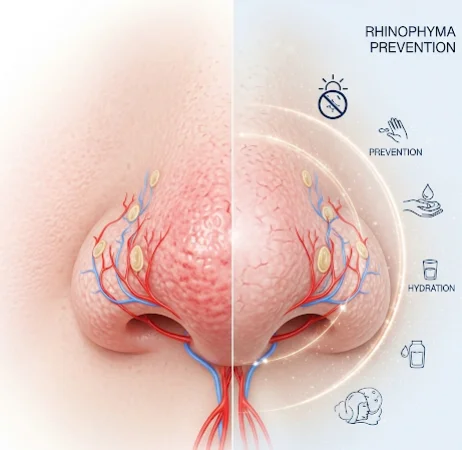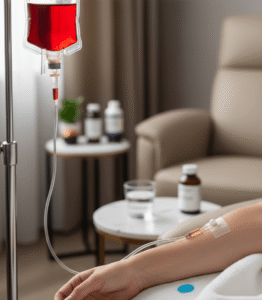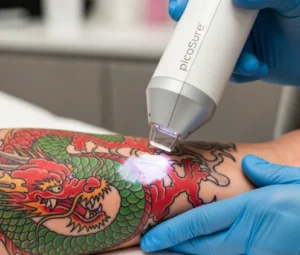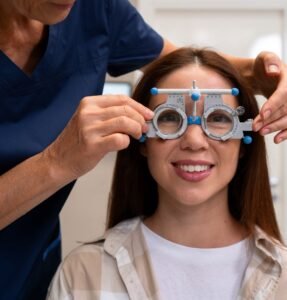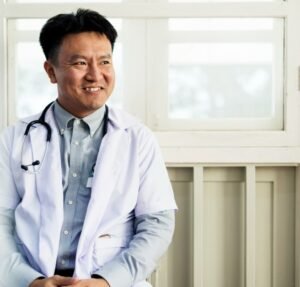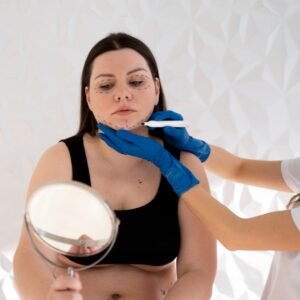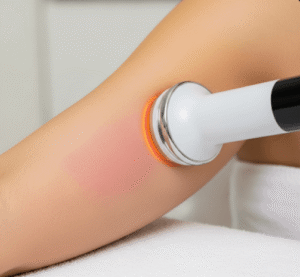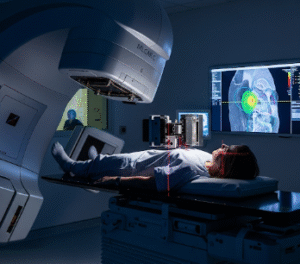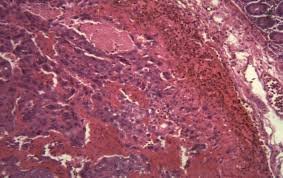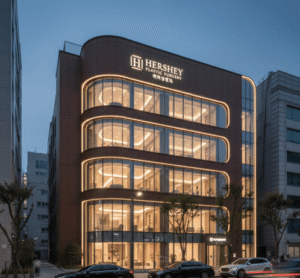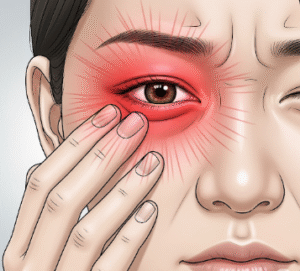What it is
Rhinophyma prevention in Korea refers to medical and lifestyle strategies aimed at reducing the risk of developing rhinophyma — a severe manifestation of phymatous rosacea where the nose becomes thickened, bulbous, and irregular due to sebaceous gland overgrowth and chronic inflammation.
Rhinophyma does not appear suddenly; it is the end stage of untreated or poorly managed rosacea, particularly the phymatous subtype. By identifying early signs and following structured care, Korean dermatology emphasizes prevention before irreversible changes occur.
→ Prevention involves controlling rosacea inflammation, maintaining vascular health, and reducing triggers that worsen chronic redness and tissue growth.
• In Korea, the approach combines dermatological treatment, skincare, and lifestyle modifications, reflecting the country’s holistic emphasis on both health and aesthetics.
Why it’s done
Preventing rhinophyma is important because:
→ Appearance concerns: Rhinophyma causes visible nasal deformity that impacts self-confidence.
→ Functionality: Severe cases may obstruct breathing.
→ Progression control: Once rhinophyma develops, it usually requires surgery or ablative lasers; prevention avoids invasive procedures.
→ Psychological well-being: Early care reduces the social and emotional burden of severe rosacea.
→ Cultural and professional reasons: In Korea, where skin appearance carries high social value, prevention aligns with patient expectations.
Alternatives
If rhinophyma prevention is neglected, treatment becomes corrective rather than preventive:
• Surgical excision → Thickened nasal tissue is surgically removed.
• Laser resurfacing (CO₂, Er:YAG) → Smooths and reshapes enlarged nasal tissue.
• Electrosurgery or dermabrasion → Alternative techniques to sculpt the nose.
→ While these are effective once rhinophyma develops, prevention is far less invasive and more cost-effective.
Preparation
For rhinophyma prevention in Korea, preparation involves proactive steps:
- Regular dermatology check-ups → Early diagnosis of rosacea is essential.
- Skin barrier support → Use of gentle cleansers, moisturizers, and calming products (centella asiatica, panthenol, hyaluronic acid).
- Trigger identification → Patients are encouraged to keep a diary of food, stress, and environmental factors that worsen redness.
- Sun protection → Daily SPF 50+ use is critical, as UV exposure worsens rosacea progression.
- Lifestyle adjustments → Avoid alcohol, spicy foods, hot drinks, and extreme temperatures.
→ In Korea, dermatologists often combine patient education with skincare kits to help patients stick to preventive routines.
How it’s done
Rhinophyma prevention in Korea includes both medical and lifestyle interventions:
- Medical therapy
- Topical treatments → Metronidazole, azelaic acid, or ivermectin to reduce inflammation.
- Oral medications → Low-dose doxycycline or isotretinoin may be prescribed for long-term control.
- Laser and light therapy
- V-beam (pulsed dye laser) → Reduces persistent redness and vascular activity.
- IPL (intense pulsed light) → Targets diffuse erythema and early blood vessel changes.
- Lifestyle management
- Identifying personal triggers such as alcohol, spicy foods, emotional stress, or extreme heat/cold.
- Practicing stress-reduction techniques like meditation or yoga.
- Skincare strategies
- Korean dermatology emphasizes calming, hydrating, and barrier-repair skincare to minimize flare-ups.
- Products with centella asiatica, niacinamide, and ceramides are often recommended.
- Regular monitoring
- Consistent follow-ups allow dermatologists to adjust treatment plans if early signs of thickening appear.
→ With these measures, patients can significantly reduce the risk of progression to rhinophyma.
Recovery
Since rhinophyma prevention focuses on long-term skin health, recovery is not from a single procedure but rather from flare-up management:
• Short-term → Redness and flushing episodes are reduced within weeks of starting treatment.
• Medium-term → Inflammation control prevents further blood vessel dilation and tissue thickening.
• Long-term → Stable rosacea management keeps rhinophyma from developing, maintaining natural nasal contours.
→ The key is consistency in skincare, trigger avoidance, and medical treatment adherence.
Complication
If rhinophyma prevention is not followed, risks include:
- Progression to phymatous rosacea → Thickened skin and sebaceous overgrowth.
- Permanent nasal enlargement → Requiring surgical or ablative laser correction.
- Emotional distress → Severe cosmetic changes may affect mental health.
- Treatment resistance → Advanced rhinophyma is more difficult to manage even with advanced technology.
→ Korean clinics aim to intervene early to avoid these outcomes.
Treatment option in Korea
Korea offers comprehensive rhinophyma prevention strategies:
→ Laser expertise → Clinics use advanced vascular lasers like V-beam and IPL to control redness early.
→ Dermatology leadership → Korean dermatologists are highly skilled in rosacea management and long-term monitoring.
• Holistic care → Combination of medical treatment, skincare, and lifestyle counseling.
• Preventive skincare industry → Korean brands specialize in calming, anti-inflammatory products that support daily prevention.
• Medical tourism → Patients from abroad visit Korean dermatology clinics not only for corrective procedures but also for preventive rosacea management, thanks to its global reputation.
→ With early intervention, consistent monitoring, and advanced treatments, Korea provides some of the most effective rhinophyma prevention strategies, ensuring patients maintain both skin health and aesthetic confidence.

